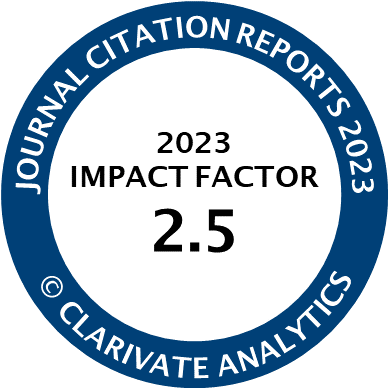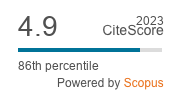Article | Open Access
Asylum Migration, Borders, and Terrorism in a Structural Gravity Model
| Views: | 1498 | | | Downloads: | 883 |
Abstract: In this article, we examine the impact of terrorist attacks on asylum-related migration flows. So far, the literature that examines the “push factors” such as terrorism that explain forced migration has omitted the fact that the vast majority of people forced to flee typically do so toward other locations within the country. The novel feature of our research is the estimation of a structural gravity equation that includes both international migration and internally displaced persons (IDP), a theoretically consistent framework that allows us to identify country-specific variables such as terror attacks. For that purpose, we use information on the number of asylum applications, the number of IDP, and the number of terrorist attacks in each country for a sample of 119 origin developing countries and 141 destination countries over 2009–2018. The empirical results reveal several interesting and policy-relevant traits. Firstly, forced migration abroad is still minimal compared to IDP, but globalization forces are pushing up the ratio. Secondly, terror violence has a positive and significant effect on asylum migration flows relative to the number of IDP. Thirdly, omitting internally displaced people biases downward the impact of terrorism on asylum applications. Fourthly, we observe regional heterogeneity in the effect of terrorism on asylum migration flows; in Latin America, terrorist attacks have a much larger impact on the number of asylum applications relative to IDP than in Asia or Africa.
Keywords: asylum migration; forced migration; internally displaced persons; structural gravity; terrorism
Published:
Supplementary Files:
© Federico Carril-Caccia, Jordi Paniagua, Francisco Requena. This is an open access article distributed under the terms of the Creative Commons Attribution 4.0 license (http://creativecommons.org/licenses/by/4.0), which permits any use, distribution, and reproduction of the work without further permission provided the original author(s) and source are credited.




